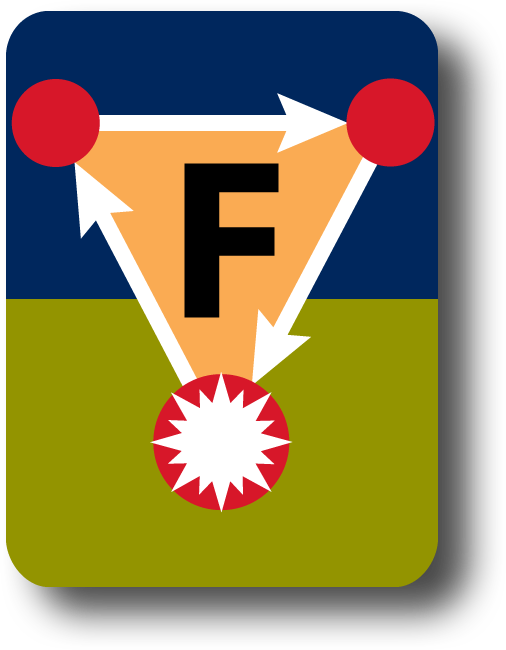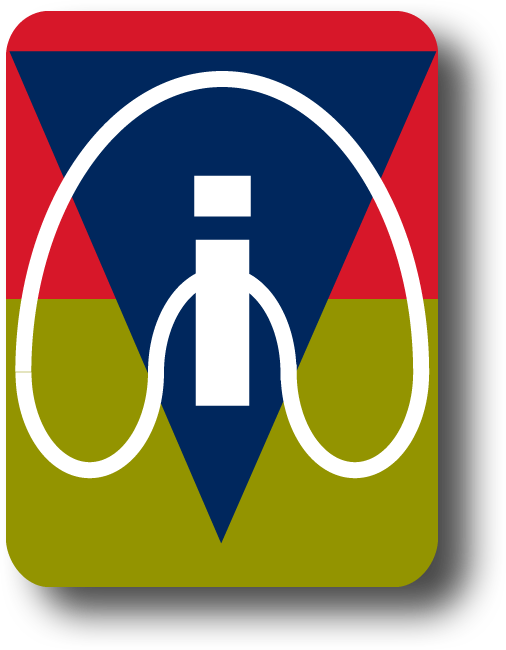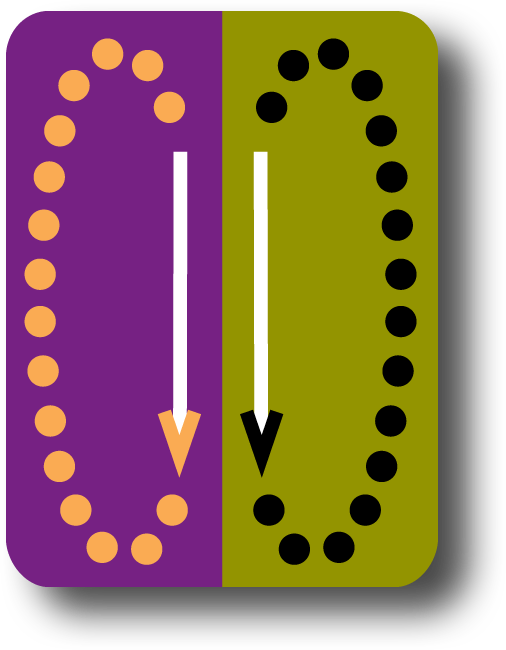OPPOSITES Lesson
The Range of my Movements
Going to Extremes!
How can I create dance moves inspired by the concept of OPPOSITES?
In the OPPOSITES lesson we explore contrasting movements. To ensure that we are considering the range and possibilities of each movement, we will practice exaggerating our gestures using extreme opposite word pairs.
The most popular MUVE OPPOSITES Concepts include: high/low, fast/slow, light/heavy, stiff/loose, behind/in-front, big/small, happy/sad.
Remind students that we respect each other with our words and actions (CARE-Principle).
Display, or write on the black-board, several opposite concept pairs, and have students discuss how to integrate these words into dance movements. Let volunteers demonstrate their own simple contrasting movements to the group, so the group has a chance to see different interpretations of the words.
Then ask everybody to get up and express the concepts individually, all at the same time. For example, ask students to move their bodies stiff like a robot and then loose like a noodle. Or ask students to wave their arms high in the air and then wave arms low to the ground. Here, the students experience the differences, and varying intensity levels with their bodies. After the group has explored several different ways to move we are ready to dance to a song.
•Start at LEVEL 1 “Learn by following.” A Dance-along, led by the MUSE/Educator, shows how it’s done. Dance as the Center MUSE for the whole song (Follow the MUSE), or select 2 helpers to lead the group with you (Follow 3 Muses.) See below for video samples.
•LEVEL 2 MUVE Dancing Games (MDGs) facilitate independent exploration, students create their own moves (see Infinity Loops) or inspire a small group of their peers (see Independent TRIANGLES).
Create new teams with the call ‘MIX-UP’ (students leave their original spot and find another Triangle with different students.) All teams have a new group of dancers and new moves to try out.
Principle of the Day
Your Size
Your Style
Sometime between dances discuss this important principle:
• How can you adjust your moves to your needs?
• Why do different people have different needs?
• What does personal style mean?
• How to make everybody feel safe to share their moves?
•MDGs at LEVEL 3 encourage leadership. Here individual dancers creatively demonstrate movements and are followed by the whole group. See the Cascading WAVE or Circle JUMP as examples. For experienced MUVERS play an All-Triangles-MOVE game where everyone rotates into the Center MUSE-Spot to lead the in entire group.
In between songs remind the students of the benefits of regular exercise. We check our heart rates. Physical activity makes us feel stronger. When we move vigourously we burn calories which helps us keep our weight in check. Dancing makes us feel happy, and inspiring other kids and grown-ups gives us self confidence.
OPPOSITES Concepts can inspire any MUVE Dancing Game. Also, remember you can include themes from prior lessons – they all compliment each other! For example you can have students explore the OPPOSITES with each BODYPART, or add MOTIONS or CHARACTER-Roles to guarantee a diversity of dance exploration.
Sample Videos for Lesson OPPOSITES
-

Follow 3 MUSES
“Let's Dance 2”
Elementary School
L1
-

All TRIANGLES Move
“Big Time Boppin'”
Elementary School
L2
-

Infinity Loops
“Maniac”
Elementary School
L2
We Learned
- That physical activity is good for body and mind
- How to adjust movements according to your needs
- That different people have different needs
- That dancing in community brings new friends and exciting experience
- To create dance moves by practicing extremes of an idea (concept)
- How to instead of mirroring, practice moving the opposite way (see Opposing WAVE)
- How to combine OPPOSITES with other themes such as BODYPARTS or MOTIONS.
- There are possibilities in-between the extremes. For example, we can make a movement small, big or medium in size. Or we can make the movement slow, medium or fast in speed.
Hawaii Content and Performance Standards for the Opposites Lesson
Each MUVE Lesson has been created to include Hawaii Content & Performance Standards, enabling teachers to use selected benchmarks to plan a standards-based instruction for a Physical Education or Fine Arts lesson.
Click here to see the Educational Benchmarks for the Opposites LessonNext - Motions Lesson »


